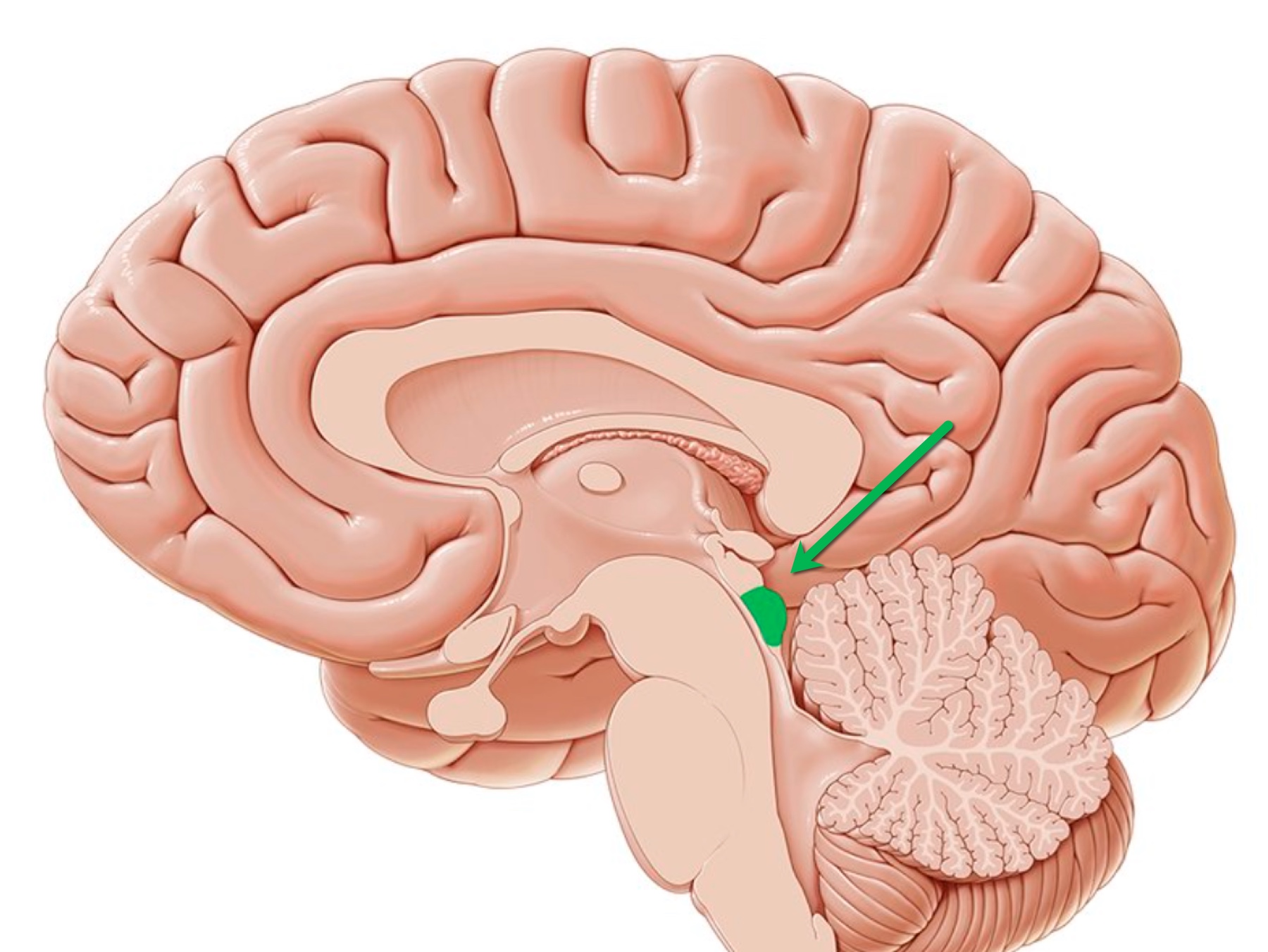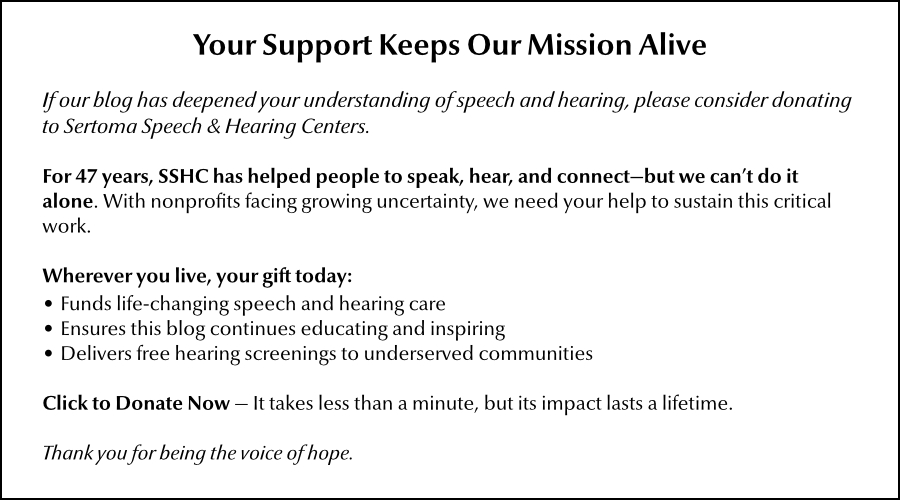Researchers at Harvard Medical School have uncovered how our brains process sound and touch. The findings help explain why people who lose hearing can develop an enhanced sense of touch — a phenomenon experienced by Ludwig van Beethoven.
The intrigue: Beethoven started losing his hearing at 28 and was completely deaf by the time he was 44. Despite his deafness, he continued to compose music by feeling the vibrations of musical instruments. Scientists now believe they have uncovered the explanation for how Beethoven was able to compose music while being deaf.
Why it matters
This research could lead to new ways of treating hearing loss with a combination of sound and vibration.
 The inferior colliculus generates touch signals from vibrations.
The inferior colliculus generates touch signals from vibrations.
How it works
- The discovery: The inferior colliculus, a structure in the midbrain, doesn't process sound exclusively — it generates touch signals from vibrations.
- When Pacinian corpuscles, specialized nerve endings in the skin, detect high-frequency vibrations, they send these signals directly to the inferior colliculus.
- When sound and touch signals reach the inferior colliculus at the same time, they increase the sensory experience.
The big picture
Until this research, scientists thought touch was processed exclusively in the brain's somatosensory cortex. Instead, the brain takes an integrated approach, combining sound and touch.
A closer look
The researchers discovered that different brain regions prefer different types of vibrations:
- One area responds better to low-frequency vibrations
- The inferior colliculus specifically handles high-frequency vibrations
- Exposing mice to combined sound and touch stimuli elicited a stronger brain response compared to either stimulus alone.
The takeaway
- For hearing loss: Scientists believe they can develop devices that convert sound into tactile vibrations, placed at various points around the body, helping people experience sound in a new way, much like Beethoven did.
- For autism and neuropathy: New therapies for touch sensitivity.


